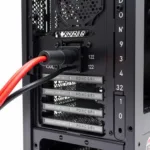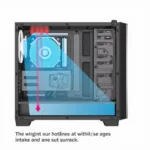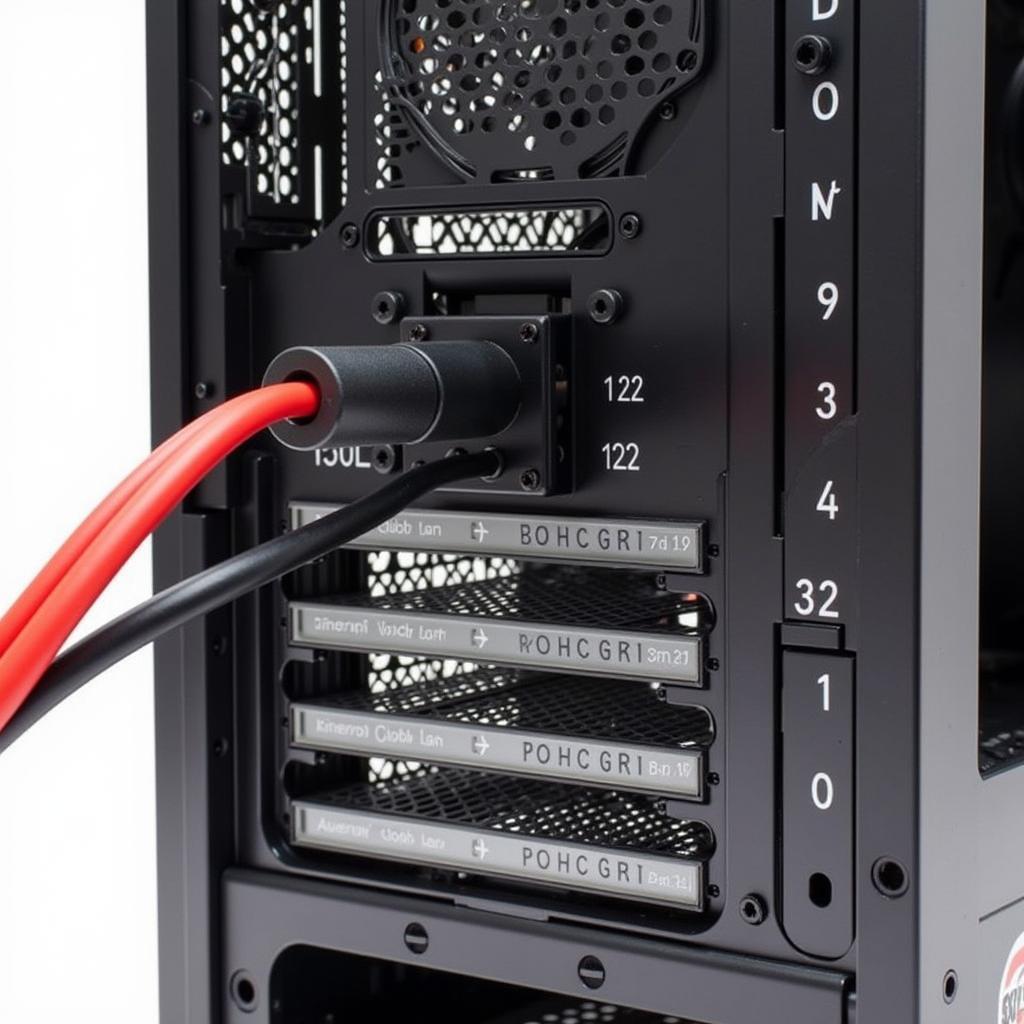Are you experiencing overheating issues with your N19 laptop? Are you worried about the fan malfunctioning and potentially causing irreparable damage to your device? Don’t fret, this guide will equip you with the knowledge and steps to tackle N19 laptop fan problems like a pro!
Understanding the Fan and its Importance
The fan is crucial for maintaining your laptop’s optimal temperature. When it spins, it draws hot air away from the internal components, preventing them from overheating and failing prematurely. Overheating can lead to sluggish performance, blue screens, and even permanent damage.
Identifying Fan Problems
Before we dive into troubleshooting, let’s pinpoint the specific issue you’re facing. Common signs of fan problems include:
- Loud or unusual noises: A whirring, clicking, or grinding sound coming from your laptop could signal fan failure.
- Overheating: The laptop gets uncomfortably hot, even when not under heavy load.
- Slow performance: The laptop may lag, freeze, or shut down unexpectedly due to overheating.
- Fan not spinning: The fan may not spin at all, indicating a complete failure.
Common Causes of N19 Laptop Fan Issues
Several factors can contribute to your N19 laptop fan troubles. Here are some of the most prevalent:
- Dust buildup: Dust can clog the fan blades, hindering its ability to spin effectively.
- Damaged fan: Physical damage to the fan itself, like a broken blade or loose bearing, can prevent it from working properly.
- Software issues: A faulty driver or system malfunction could interfere with the fan’s operation.
- Overheating components: If other components, like the processor or graphics card, are running extremely hot, the fan may be working harder than usual, leading to excessive wear and tear.
Troubleshooting Steps:
Now that we’ve identified the problem and potential causes, let’s troubleshoot your N19 laptop fan:
1. Cleaning the Fan
Dust accumulation is the most common culprit for fan problems. Let’s get rid of that dust!
- Power off and unplug: Safety first! Turn off your N19 laptop and unplug it from the power outlet.
- Open the laptop: Consult your laptop’s user manual for instructions on opening it safely.
- Clean the fan: Use a can of compressed air to blow dust away from the fan blades and surrounding areas. Avoid using a vacuum cleaner, as the suction could damage delicate components.
- Reapply thermal paste: If the fan is covered in dust, it’s a good opportunity to reapply thermal paste to the processor and graphics card. This improves heat transfer and overall performance.
2. Checking the Fan Connections
Loose connections can cause the fan to malfunction. Let’s ensure everything is secure:
- Power off and unplug: As always, prioritize safety! Turn off your N19 laptop and unplug it from the power outlet.
- Open the laptop: Refer to your user manual for instructions on opening your laptop safely.
- Inspect connections: Carefully check the fan’s power connection to the motherboard. Make sure the connector is securely seated and not damaged.
3. Updating Drivers
Outdated or faulty drivers can interfere with the fan’s operation. Let’s keep your drivers up-to-date:
- Check for updates: Open your device manager and look for any outdated drivers.
- Update drivers: Download and install the latest drivers for your N19 laptop from the manufacturer’s website.
4. Using BIOS Settings
Your BIOS settings might have options to adjust fan speeds. Let’s explore those options:
- Access BIOS: Restart your N19 laptop and press the appropriate key (usually Del or F2) to enter the BIOS setup.
- Find fan settings: Look for options related to fan control, fan speed, or cooling.
- Adjust settings: Carefully adjust the fan speed or other cooling settings as needed.
Expert Advice
“Overheating is a serious issue for laptops. If your fan isn’t working properly, it’s crucial to address the problem immediately. Don’t delay, as ignoring it could lead to irreparable damage,” advises Mark Johnson, a renowned hardware technician.
Common Troubleshooting Scenarios
Here are some common scenarios and how to approach them:
- Fan is spinning, but the laptop is still hot: This could indicate a faulty fan, a clogged heatsink, or a problem with the thermal paste. Check the fan’s condition, clean the heatsink, and reapply thermal paste.
- Fan is not spinning, and the laptop is overheating: This is a clear indication of a fan failure. You’ll need to replace the fan.
Where to Get Help
If you’ve tried all the troubleshooting steps and the fan is still not working, it’s time to seek professional help. Contact a qualified technician or service center for assistance.
FAQ
Q: How do I know if my N19 laptop fan is actually broken?
A: If the fan isn’t spinning at all, or if it’s making loud noises, it’s a good indication that the fan is damaged.
Q: Can I replace the N19 laptop fan myself?
A: While you can, it requires a certain level of technical skill. If you’re not comfortable taking apart your laptop, it’s best to leave it to a professional.
Q: How often should I clean the fan?
A: Ideally, you should clean the fan every 6-12 months, depending on your usage environment.
Q: What if the fan is still loud after cleaning it?
A: If the fan is making unusual noises even after cleaning it, it could be damaged and need replacing.
Additional Resources
- N19 Laptop User Manual: Consult your user manual for detailed instructions on opening your laptop and accessing its components.
- Manufacturer Website: Visit the official website of your laptop manufacturer for driver updates, troubleshooting guides, and support information.









